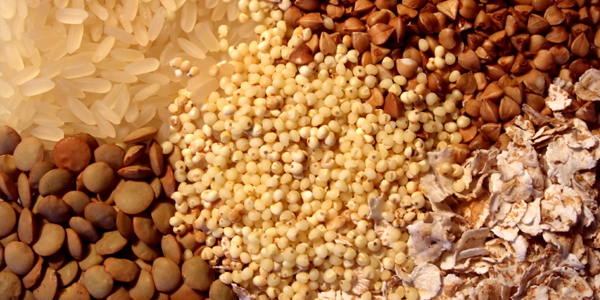| Low-glycemic breakfast can control BP |
| | Sun, 08 Apr 2012 |
| |  |
| |
Eating meals at breakfast that have a low glycemic index may help prevent a spike in blood sugar throughout the morning and after the next meal of the day, a new study has revealed.
These breakfast foods also can increase feelings of satiety and fullness and may make people less likely to overeat throughout the day, according to Kantha Shelke, Ph.D., principal, Corvus Blue LLC, and Richard Mattes, M.P.H., R.D., distinguished professor of foods and nutrition at Purdue University.
The glycemic index ranks foods on the extent to which they raise blood sugar levels after eating. Foods with a high index are rapidly digested and result in high fluctuations in blood sugar levels.
Foods with a low glycemic index produce gradual rises in blood sugar and insulin levels and are considered healthier, especially for people with diabetes.
Mattes' research specifically focused on the advantages of having almonds, a low glycemic index food, with the morning meal.
In his study, participants who ate a breakfast containing whole almonds experienced longer feelings of fullness and had lower blood glucose concentrations after breakfast and lunch, compared to those who did not have a low-glycemic breakfast.
When a low glycemic food is added to the diet, people spontaneously choose to eat less at other times throughout the day.
Mattes added that while the calories need to be taken into consideration as part of a person's overall diet, almonds can be incorporated in moderate amounts without an effect on body weight.
Both Mattes and Shelke stressed the importance of eating a healthy, low-glycemic breakfast in maintaining a healthy weight and blood sugar levels.
A 2009 study found that about 30 percent of people skip breakfast one to three times per week. Among those who eat breakfast, cold cereal is the most popular (83 percent), followed by eggs (71 percent).
In addition to low glycemic index, Dr. Shelke said the ideal breakfast for consumers has these attributes, including savory, portable, pleasing texture, fills you up for extended periods of time, satiates quickly so less is consumed, affordable for the whole family to eat every day, non-fried and delicious without making you feeling guilty.
"This is a very tall order for food product manufacturers," Shelke said.
"It takes a lot of skill and understanding," Shelke added.
The study has been published in the Journal of Nutrition and Metabolism. (ANI)
|